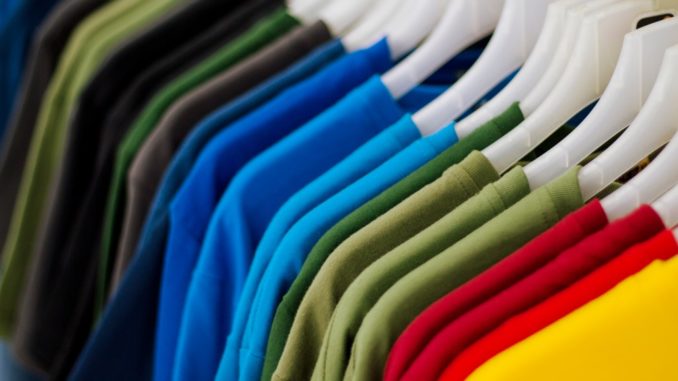
There’s no denying that people love T-shirts. They’re inexpensive, easy to clean, and most importantly, do a great job of keeping the wearer cool and comfortable during hot days. And most people have a few tees in their wardrobes: men and women, toddlers and elders. That’s why more and more people are entering the T-shirt business.
However, selling T-shirts isn’t as simple as some people think. Creating a T-shirt that people will want to wear can be a daunting task. Most people buy tees for their designs, so you need to come up with something that will resonate with your customers. You also have to deal with issues such as shirt sizing and printing methods and colors. Companies like Insta Graphic Systems will help you deal with the fine details of tee printing, but you still need to create the designs yourself.
Here are a few things you should think about when designing a tee for your business. Some of them are relatively straightforward, while others might require planning.
1. Keep the design simple
Whether you’re designing clothing for retail or marketing purposes, the same design concepts apply. And one of the most important things you need to remember is to keep the design clean and simple.
Designers from all disciplines, whether it’s for UI/UX, animation, or for the Web, always stress the importance of simplifying the design. But this design rule is especially important in fashion. If your designs are too cluttered, heavy, or confusing, no one’s going to want to buy your tees.
When conceptualizing themes or images for a T-shirt line, focus on a strong image that you think would translate well on a shirt. Edit out any design elements that detract from the image and experiment with different color combinations.
2. Consider the colors

Before starting the design process, it’s vital to consider the color of the shirt. The shirt’s color also affects the ink colors you can use. If you have multiple shirt color options, you need to create a design that would look good on all shirts. Meanwhile, a simple black or white tee allows you to approach the design process from a different angle.
You have free rein to experiment with color combinations during the design process. But when choosing the final designs for retail, you should limit your options to the cleanest and strongest ones. Aim for a balance between choice and quality. You don’t want to sell your shoddy designs, but you want to give your customers a few options as well.
3. Choose the right fabric
Not all T-shirts are the same. Some are made of cotton, while others are made of synthetic fabrics such as polyester. Some are thin, while others are on the thicker side. It all depends on the fabrics that are available to you and the type of shirt you want to sell. But if you want your customers to buy your designs, you need to print them on the right fabric.
Cotton is the most popular fabric options for T-shirt designers. It’s light, comfortable, and accessible. But if you’re designing specialized shirts, you might want to look at your fabric options. For instance, if you’re designing shirts for athletes and fitness enthusiasts, look for wicking fabrics.
Selling T-shirts isn’t as simple as printing a design and putting it up for sale. It would help if you considered factors such as art quality, color combinations, and fabric. The sooner you understand the basics of tee design, the more successful your business will be.
